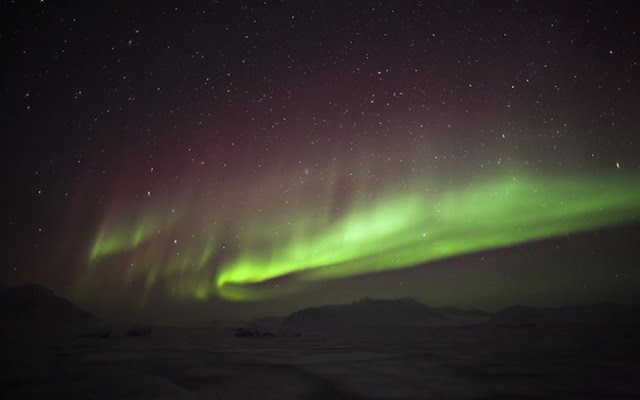Quck answer
The Northern Lights, also known as Aurora Borealis, are a natural phenomenon that occurs in the polar regions. They are caused by the interaction of charged particles from the sun with the Earth’s magnetic field. When these particles collide with atoms and molecules in the atmosphere, they emit colorful light. The colors of the Northern Lights can vary from green to red, purple, and blue. This stunning light display can be seen in countries such as Norway, Sweden, Finland, Canada, and Iceland. People travel from all over the world to witness this mesmerizing natural spectacle.

Have you ever visited Alaska? How about Norway or Finland? Maybe you’ve journeyed to northern Canada or Russia. These are some of the finest places to witness one of the most exquisite natural phenomena on our planet. What are we referring to? The Northern Lights, of course!
Have you ever witnessed the Northern Lights? They manifest as stunning, ethereal colors gracefully undulating across the night sky. Some individuals liken them to colossal drapes of light swaying in the wind. They are typically blue or green. However, they can also appear as red, brown, or purple.
Scientists refer to these lights as auroras. In the Northern Hemisphere, they are called the Northern Lights or Aurora Borealis. In the Southern Hemisphere, they are the Aurora Australis. Regardless of the location, spectators are treated to a radiant, vibrant light show unlike any other.
What causes an aurora? Similar to all natural light on Earth, it originates from the Sun. During solar storms, the Sun emits a stream of electrified gas. This gas is filled with minuscule particles known as electrons. When the gas reaches Earth, some of it penetrates our atmosphere.
The electrons then collide with the gases in the Earth’s atmosphere, resulting in the magnificent lights we observe. What determines the colors of auroras? This is determined by the gases they interact with. The colors can also change depending on the altitude of the particles. For instance, electrons mixing with oxygen at an altitude of less than 150 miles above the Earth’s surface produce green light. However, when they are higher than 150 miles, they emit red light.
Auroras are most commonly seen near the North and South Poles. Why is this? The lights follow lines of magnetic force, which is also what creates the illusion of movement. By tracing these lines of magnetism, the lights often appear to dance across the sky.
Throughout history, many individuals have attempted to explain auroras. Some cultures have ancient legends about them. In ancient times, people in Alaska, Canada, and Greenland believed that auroras were torches of fire. They thought these torches illuminated the path to heaven for spirits. Numerous stories from the Aboriginal people of Australia suggest that the lights are gods engaged in a dance.
Today, we understand the scientific explanation behind auroras. Nevertheless, it is easy to comprehend why people once held different beliefs about them. Even in the present day, people are captivated by the Northern Lights. They travel great distances each year in the hopes of catching a glimpse. Have you ever seen an aurora? Many describe it as a magical experience!
Try It Out
We hope you enjoyed expanding your knowledge about the Northern Lights today! Enlist the help of a friend or family member to engage in the following activities:
– Request assistance from an adult to search for images of auroras on the internet. Explain the scientific explanation behind these phenomena. Create a list of unanswered questions about auroras. Conduct further research online or at the library to find answers.
– Interested in witnessing the Northern Lights yourself? Explore the top 22 locations to observe them. Astronauts can even observe auroras from space! Which location would you prefer to visit for aurora viewing? Discuss your preference with a friend or family member.
– The Sun undeniably has a significant impact on planet Earth, doesn’t it? Expand your knowledge on sunspots and solar flares. What causes these activities on the Sun’s surface? How do they affect our planet? Summarize your findings for a friend or family member.
Sources of Wonder
– https://spaceplace.nasa.gov/aurora/en/ (accessed on August 25, 2020)
– https://earthsky.org/earth/what-causes-the-aurora-borealis-or-northern-lights (accessed on August 25, 2020)
– https://science.howstuffworks.com/nature/climate-weather/atmospheric/question471.htm (accessed on August 25, 2020)
– https://travel.usnews.com/gallery/the-13-best-places-to-see-the-northern-lights?slide=11 (accessed on August 25, 2020)





Leave a Reply